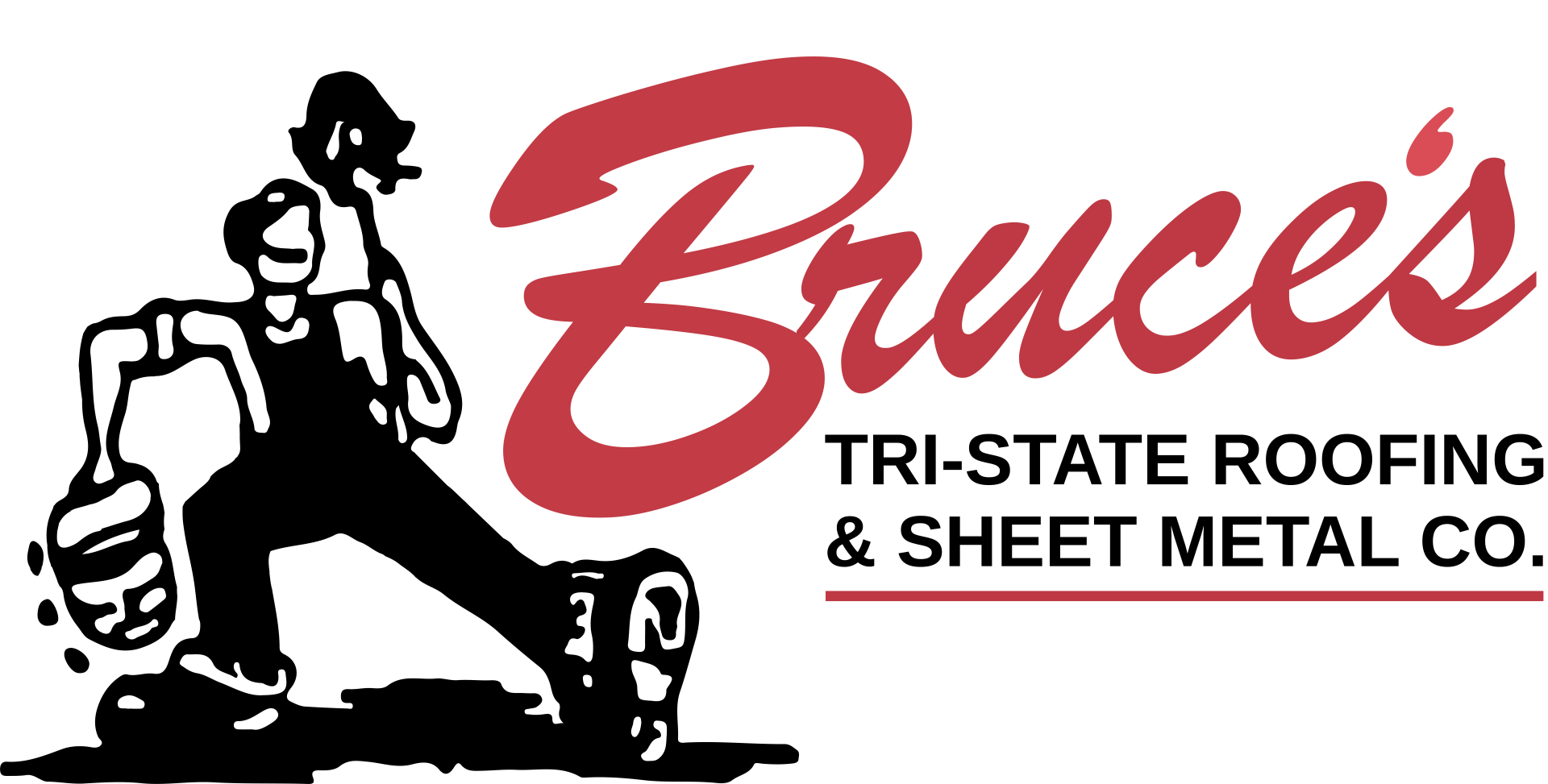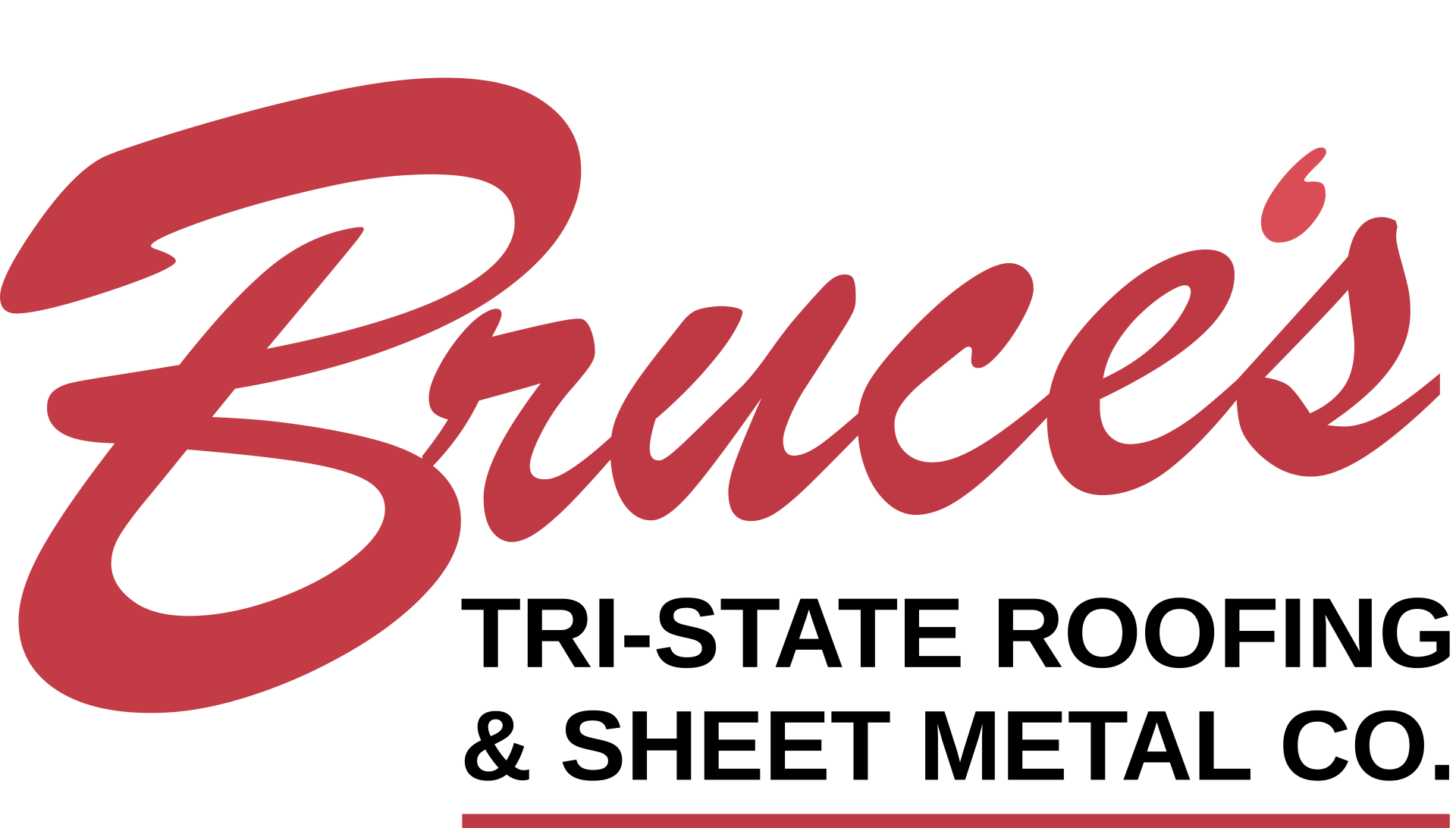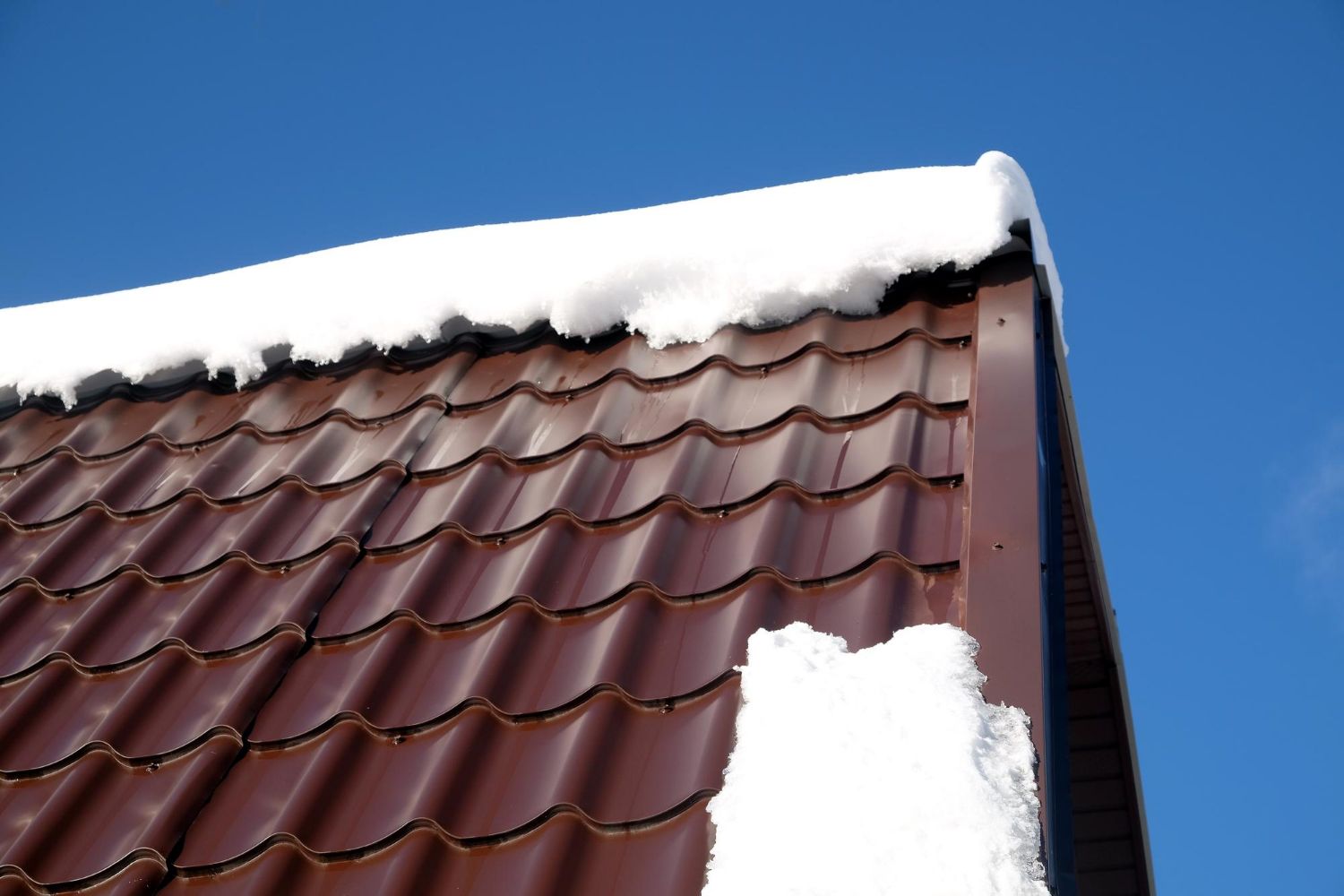
Choosing an eco-friendly roof for our home is a great way to help the environment while also adding value to our property. Eco-friendly roofing options are not only good for the planet, but they also offer a range of benefits that make them an excellent choice for modern homes. With so many options available, it's easier than ever to find a roofing solution that fits our needs and reduces our environmental footprint.
One of the biggest advantages of eco-friendly roofing is its energy efficiency. Many sustainable roofing materials are designed to reflect more sunlight and absorb less heat, keeping our home cooler during the summer. This can lead to significant savings on our energy bills and make our home more comfortable. Additionally, eco-friendly roofs often have a longer lifespan compared to traditional materials, meaning we won't need to replace our roof as often.
Another important aspect to consider is the impact on our environment. Traditional roofing materials often end up in landfills, contributing to waste and pollution. Eco-friendly roofing options are made from sustainable materials that are either recyclable or biodegradable, reducing the amount of waste that ends up in landfills. By choosing eco-friendly roofing, we can play a part in protecting the environment for future generations. In the next sections, we will explore the many benefits and types of eco-friendly roofing materials, as well as tips for installation and maintenance.
Benefits of Eco-Friendly Roofing
Eco-friendly roofing provides several important benefits for our homes and the environment. One major advantage is energy efficiency. Many sustainable roofing materials, like cool roofs and reflective metal roofs, are designed to reflect more sunlight and absorb less heat. This helps to keep our home cooler during warm months, reducing the need for air conditioning and lowering our energy bills. Over time, the savings on energy costs can be significant, which makes eco-friendly roofing a smart financial choice.
Another benefit of eco-friendly roofing is its durability and long lifespan. Materials like metal, clay tiles, and recycled shingles are known for their strength and resistance to harsh weather conditions. These roofs last longer than traditional roofing materials, reducing the frequency of replacements and the waste associated with disposal. Additionally, eco-friendly roofs are often made from recycled or sustainable materials, which helps to reduce the demand for new raw materials and minimizes the impact on natural resources.
Types of Eco-Friendly Roofing Materials
There are several types of eco-friendly roofing materials available that offer various benefits. Each type has unique characteristics that make it suitable for different needs and preferences. Here are some popular options:
- Metal Roofing: Metal roofs are made from recyclable materials and can be recycled again at the end of their life. They are highly durable, fire-resistant, and can reflect solar heat, making them energy-efficient.
- Clay and Slate Tiles: These natural materials are very durable and can last for over a century. They are also resistant to fire and insects. However, they are heavier than other materials, so the roof structure needs to support their weight.
- Recycled Shingles: Made from recycled materials like plastic, rubber, or wood fiber, these shingles offer the look of traditional shingles with added environmental benefits. They help reduce waste in landfills and are often durable and long-lasting.
- Green Roofs: A green roof involves growing plants on top of the roof structure. This type of roof offers excellent insulation, reduces stormwater runoff, and creates a habitat for wildlife. Green roofs can also improve air quality and add aesthetic value to a home.
By choosing the right eco-friendly roofing material, we can enjoy the benefits of sustainability while enhancing the functionality and appearance of our home. Each material has its advantages, and selecting the best one depends on factors like climate, budget, and personal preference.
Installation and Maintenance of Green Roofs
Installing a green roof can transform our home while offering environmental benefits. A green roof involves a layer of vegetation planted over a waterproof membrane. It requires a bit more planning and preparation than traditional roofs. First, we need to ensure our roof can handle the weight of the soil and plants. Consulting with structural engineers or roofing experts can help in assessing the suitability of our roof for a green installation.
After confirming structural support, we can start the installation by adding layers for drainage, waterproofing, and soil. Choosing the right plants is essential since different plants have varying needs for sunlight, water, and maintenance. Succulents and native plants are often great choices due to their hardiness and low water needs. Regular maintenance includes watering, weeding, and occasional fertilizing to ensure the plants remain healthy and vibrant.
Choosing the Right Eco-Friendly Roof for Your Home
Selecting the right eco-friendly roof depends on our specific needs and environmental goals. A good starting point is to consider the durability, climate compatibility, cost, and aesthetic appeal of the available options. Each type of eco-friendly roofing material has its own set of benefits and suitability.
Reflective metal roofs, for example, are excellent for hot climates due to their ability to reflect solar heat. Clay and slate tiles are great for those looking for long-lasting materials that require little maintenance but may not suit all roof structures due to their weight. For a unique look that provides multiple environmental benefits, green roofs offer beauty and sustainability but require more maintenance and structural support.
Think about the initial cost and long-term benefits. While some eco-friendly roofs may have a higher upfront cost, the long-term energy savings and durability can offset the initial investment. Consulting with roofing experts can help us make an informed decision based on our home's specific conditions and our personal preferences.
Conclusion
Choosing an eco-friendly roof is a smart and responsible decision for our home. It brings numerous benefits, from saving on energy costs to reducing our environmental footprint. By understanding the different types of eco-friendly roofing materials and their individual advantages, we can choose the best option for our needs.
For homeowners in Owensboro, KY, looking to make an eco-friendly choice, Bruce's Tristate Roofing offers a range of premium
roofing services to help you find and install the perfect sustainable roof for your home. Contact Bruce's Tristate Roofing today to get started on your journey to a greener, more efficient home.
Have Total Confidence in the Roof Over Your Head
Hire an experienced commercial roofing company serving the entire Tri-State area


Hours
Mon: 7:00AM-4:00PM
Tue: 7:00AM-4:00PM
Wed: 7:00AM-4:00PM
Thu: 7:00AM-4:00PM
Fri: 7:00AM-4:00PM
Sat: Closed
Sun: Closed
All Rights Reserved | Website Designed & Developed By Oddball Creative


